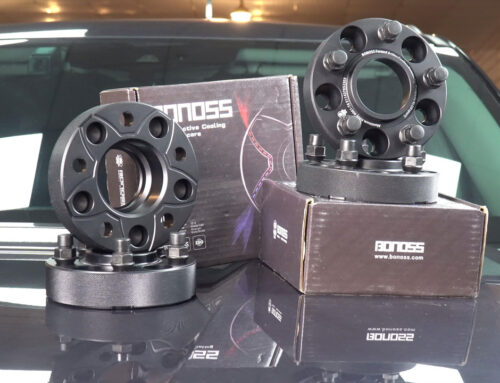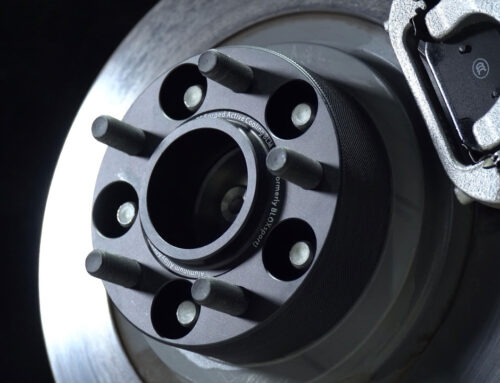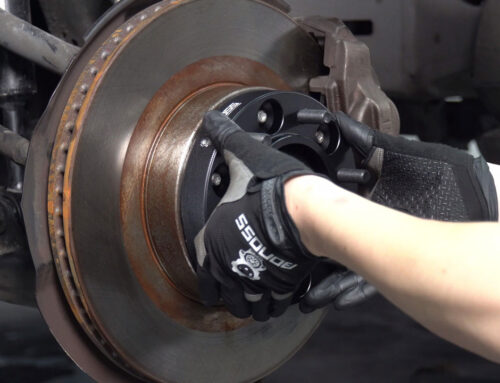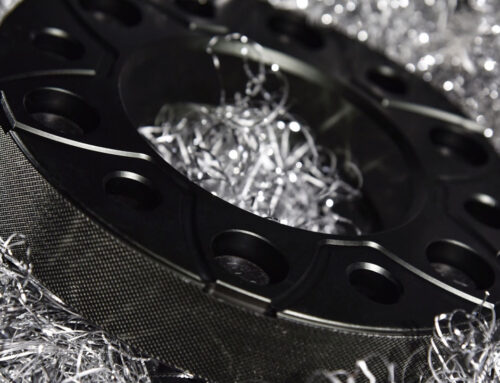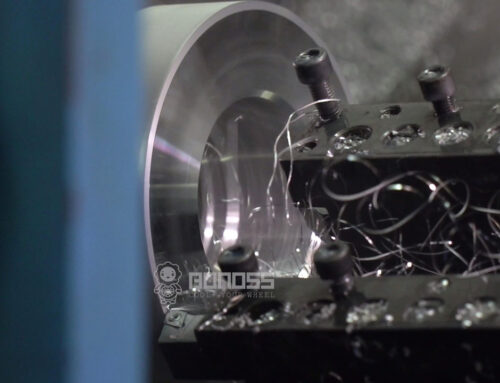What does an EQS wheel spacer do? Do Mercedes EQS wheel spacers cause problems? Do EQS wheel spacers affect ride quality? With the arrival of the all-new Mercedes-Benz EQS, these topics become increasing. Installing EQS wheel spacers helps to increase the distance between the left wheels and the right wheels, hence increasing the traction. With the improvement of the traction, the comfort level of handling your new Mercedes EQS improves a lot. When the offset of wheels is insufficient, these EQS wheel spacers would make up the custom offset by pushing the wheels away from the vehicle hub. Having your wheel brought out the ideal distance allows for adding big brake kits without rubbing the suspension components. They are also commonly used for visual enhancement. By spacing the wheels out, the appearance gets a boost with the wheels flush with the fender line.
Are Mercedes-Benz EQS Wheel Spacers Actually Safe?
As long as you use high-quality Mercedes-Benz EQS spacers and install them correctly, wheel spacers are just as safe as normal wheel changing. The EQS wheel spacers’ safety largely depends on their quality, fitting, and installation. In case of low quality, improper fitting, and incorrect installation, problems can arise while driving. So, the new EQS spacers installation must exactly match the Mercedes wheel assembly and rim hub holes, and they come along with several extended wheel bolts that provide safety and security to the wheels. Considering the strength requirements of high-speed driving, BONOSS EQS Wheel Spacers are made by forged AL6061-T6 (tensile strength ≥ 310Mpa) or AL7075-T6 (tensile strength ≥ 572Mpa) material, and the modern CNC manufacturing (0.02mm tolerance) provides better impact tolerance, less energy loss, less fatigue damage, longer service life, and a smooth installing experience. The matching extended wheel bolts are made of forged JIS SCM44o high-strength steel, and they have achieved ISO standard grade 12.9, tensile strength≥1,220Mpa, ultimate tensile load≥152,000N, hardness (HV)≥395, NSS≥500H…
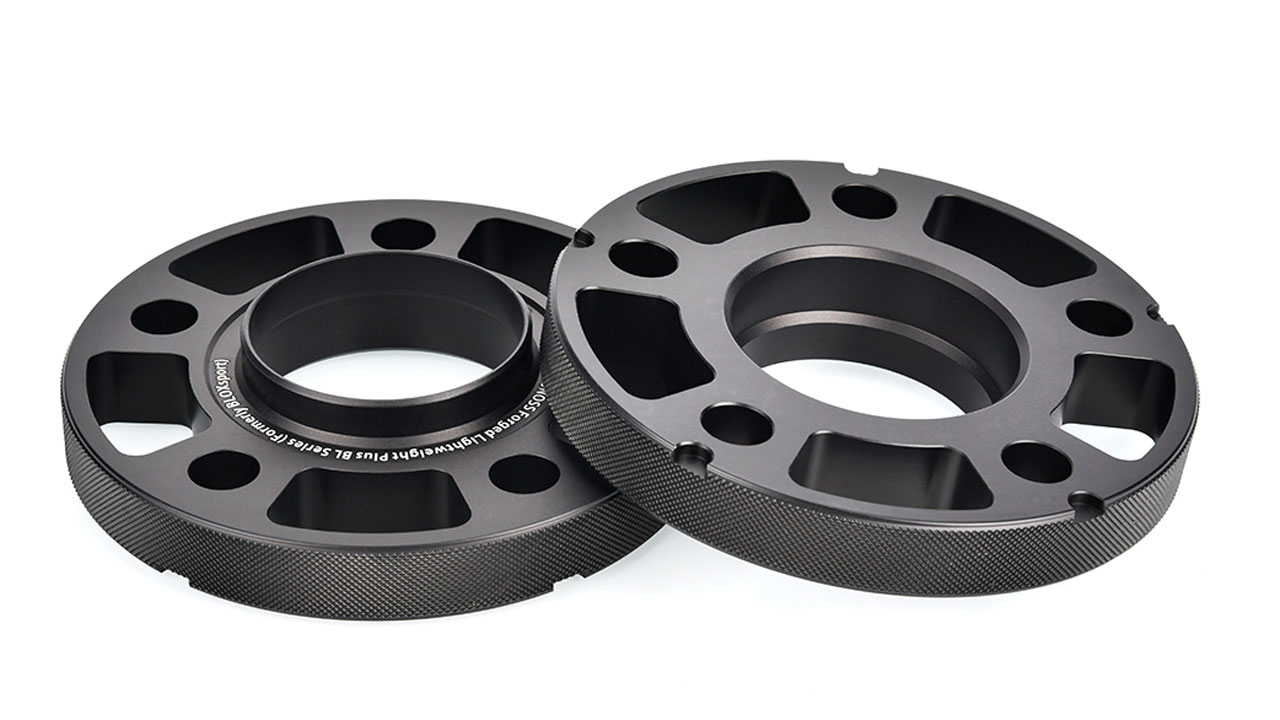
Do Mercedes-Benz EQS Wheel Spacers Cause Vibration?
There are a lot of options you’ll find with Mercedes EQS wheel spacers, but they are mainly classified as hub-centric spacers and lug-centric spacers. We recommend hub-centric spacers rather than lug-centric spacers. Hub-centric EQS spacers offer a better system of support and stability. They are designed to make a snug connection between the wheel and vehicle hub, ensuring the hub carries the weight of the car instead of the lug bolts. Most of the disadvantages that people associate with wheel spacers are actually blamed to lug centric spacers. Due to non-hub centric design, there is a certain gap between the axle and the wheel, which means that the wheel is centered by the lug bolts rather than by the vehicle hub. Without firm contact, lacking the hub’s support, the wheel bolts play the role of bearing the road impacts. Some fierce impacts are strong enough to deform the bolts, making the wheel no longer concentric with the hub, resulting in vibrations. Even worse, it may damage the wheel’s center bore.
How Do I Know What Size EQS Wheel Spacers I Need?
The thickness of the EQS spacers you need will vary depending on the model you’ve performed, determining that correct thickness is extremely important. How thick Mercedes EQS wheel spacers do I need? Measuring the wheel gap is the most basic beginning. The wheel gap is the amount of space between the inner fender lip and the outside edge of your wheel tires or rims. It will help you find the proper thickness. Here is a simple way: use a straight edge such as a metal ruler, place the straight edge on the outermost part of the rims where the wheel comes closest to the fender (preferably the top), then, measure from the outside wheel to the straight edge. This distance is the size EQS spacer you will need to achieve the look that flushes or nearly flushes with the fender. Every car’s wheel gap is various, even if they the same exact cars, the wheel gap of the front wheel and the rear wheel is different. Always measure first before buying wheel spacers. Too thin, you will still have wheel/caliper interference. Too thick, the wheel rims or tires will hit the fenders. The proper thickness will give you the brake clearance and wheel offset you need while avoiding fender rub as well as breaking local laws and regulations.

